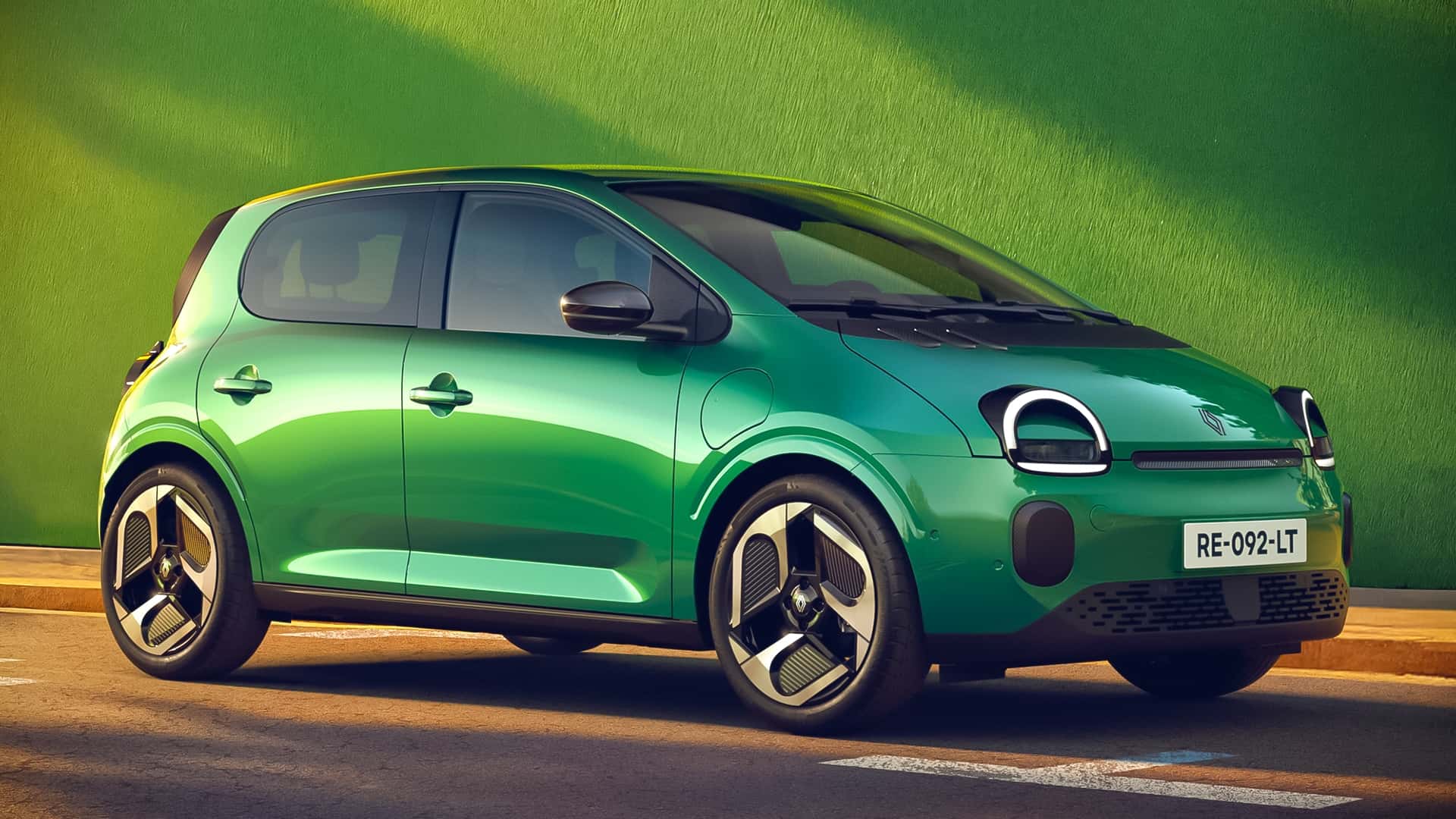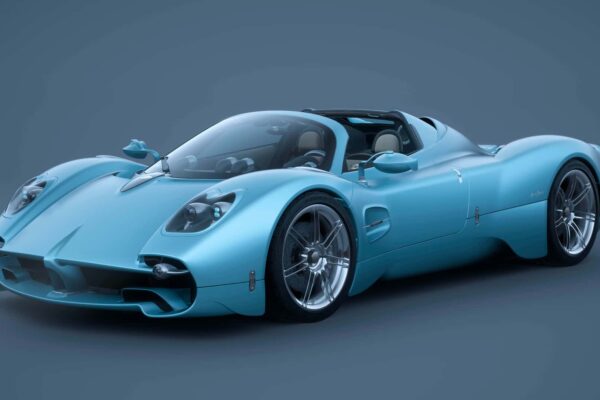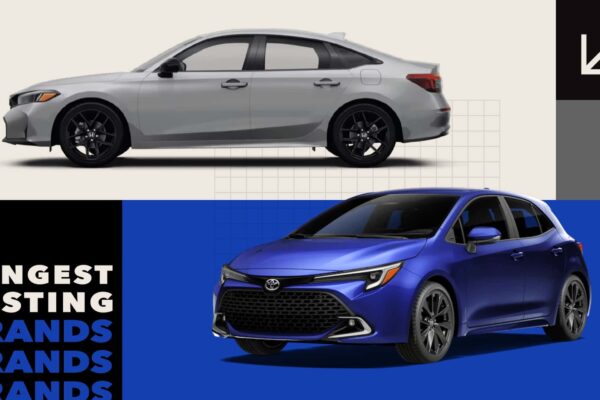Renault is on a roll when it comes to attractive, modern designs. The 5 E-Tech Electric is an excellent throwback to the original model Americans know as the Le Car, while the 4 E-Tech Electric nicely captures the spirit of the more utilitarian 4. And in 2026, another legendary name returns to the portfolio with a modern twist: Twingo.
While the Renault 4 and 5 were axed long before their revival, the Twingo was only discontinued last year. Its successor is a completely different car that, for the first time, will be sold exclusively as an electric car. Developed in just two years, the new electric hatchback dates back to the first-generation model that was sold from 1992 until 2012.
From the round headlights and horizontal grille slats to the triple hood vents and red hazard light button, it’s clear that Renault took inspiration from the car. Original Twingo. But the days when Europeans were content with two-door cars are long gone, so like the previous generation, the new electric car gets rear doors. And yes, the rear windows still roll out instead of rolling down, a charming nod to the previous rear-engined model launched in 2014.
It’s a cheerful, playful design that has more appeal than most cars on the road. Although it is much larger than before, it is still refreshingly small by today’s standards. The new Twingo is 149.1 inches (3,789 mm) long, 67.7 inches (1,720 mm) wide, and 58.7 inches (1,491 mm) high, with a wide wheelbase extending to 98.1 inches (2,493 mm). Some might argue that 18-inch wheels are overkill for such a small hatchback, and for those people, Renault Offers a standard 16-inch set.
Photo by: Renault
The interior is less nostalgic, reflecting the need for modern technology with a 7-inch digital instrument cluster and a 10-inch infotainment screen. However, Renault pays homage to the past by bringing the exterior color into the cabin, just as the first-generation Twingo did. The side trim on the front doors is not a separate piece but part of the bodywork, painted with the rest of the car. This will likely save Renault money and visually link the new car to its predecessor.
The gear selector is located behind the steering wheel, and it’s reassuring to see that some of the physical controls have survived. The center console has three knobs for climate settings, flanked by a few defrost and air recirculation buttons. Both the steering wheel and door panels retain traditional buttons instead of those touch-sensitive switches that can be frustrating to use.
But the real trick is in the back, where two individually sliding rear seats are a rarity in this segment. The front passenger seat can also be folded flat, allowing the car to carry longer items. Despite its small size, the Twingo remains decently practical, offering 12.7 cubic feet (360 liters) of cargo space behind the rear seats. Fold it down, and capacity jumps to more than 35.3 cubic feet (1,000 liters).
Photo by: Renault
With the fourth generation, Renault Twingo returns to its front-wheel drive roots, using a front-mounted electric motor. With just 80 hp and 129 lb-ft (175 Nm) of torque, it certainly won’t set Nürburgring records, but the output is perfectly adequate for city driving.
The Renault accelerates from 0-62 mph (100 km/h) in 12.1 seconds, 0-31 mph (50 km/h) in 3.85 seconds, and top speed is 81 mph (130 km/h). Weight is always a concern with electric vehicles, but the Twingo tips the scales to an impressively low 2,645 pounds (1,200 kg), which is no small feat for an electric vehicle. It certainly couldn’t fit a massive battery pack, not that there was room for one anyway.
The electric motor derives its necessary power from a small 27.5 kWh LFP (lithium iron phosphate) battery, providing a WLTP range of 263 km (163 mi). When charging, a 50 kW DC connection replenishes the battery from 10 to 80 percent in about half an hour. Power goes both ways as the Twingo supports bi-directional charging via an 11kW AC charger and up to a 3,700W adapter.
Renault will manufacture the Twingo E-Tech Electric in Slovenia and begin sales early next year. Priced at less than €20,000 ($23,000 at current exchange rates) in Europe before incentives, the reborn Twingo will face the challenge. Volkswagen ID.1. However, the latter won’t arrive until 2027. In the meantime, it will compete with the likes of the Hyundai Inster, Fiat 500e and BYD Dolphin Surf.



